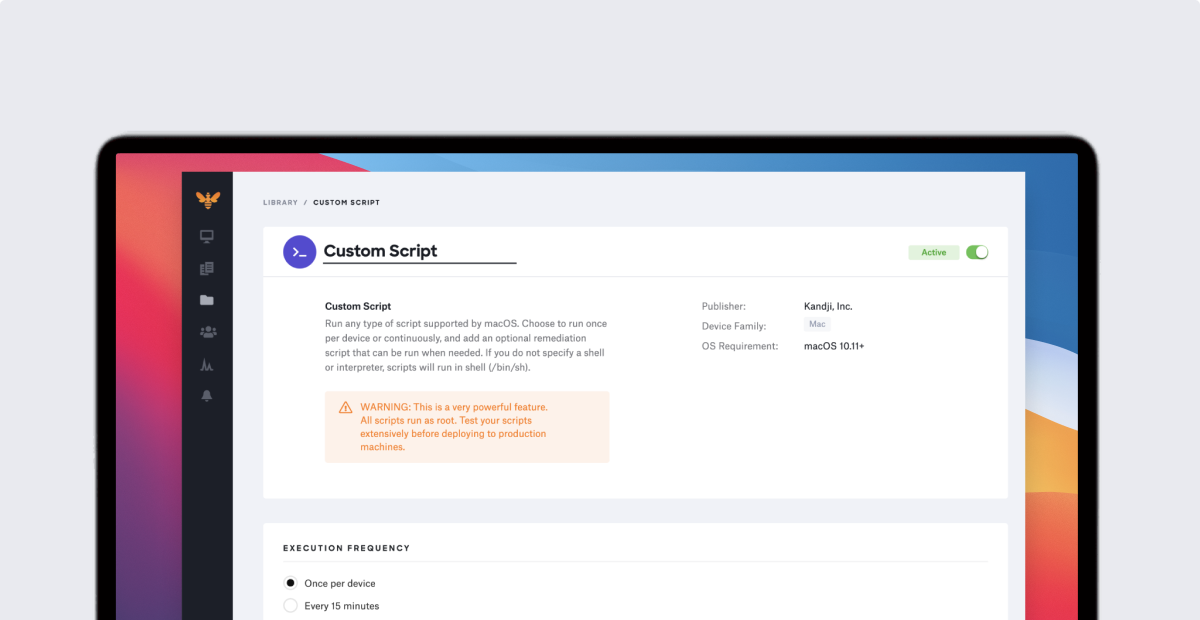Run Customize Mac OS
To change the wallpaper (or tablecloth), navigate to System Preferences Desktop & Screen Saver. You can get there either by using the Apple symbol, , at the top left of the menu bar, or by pressing Command-Space to bring up Spotlight and entering Desktop to find the preference. Wine supports Linux, Mac OS, BSD and Solaris Operating Systems. Wine was initially developed with Linux in mind, but eventually, it was ported over to Mac OS. There are other compatibility layers built on top of Wine, such as PlayOnLinux and CrossOver for Mac. It allows users to directly run Windows apps on Mac OS. How to make a custom CoreStorage drive in OS X. The CoreStorage volume manager behind Apple's Fusion Drive can be used to create your own spanned volumes in any Mac running Lion or later.
I just recently had the opportunity to sit with Aaron Nelson and go through some really cool Powershell features, and I’m certainly going to spend time getting to know Powershell a lot better. If you didn’t know, Powershell isn’t exclusive to Windows anymore – you can actually run a basic set of Powershell features, called Powershell Core, on Mac OS and Linux as well.
Open Virtualbox and Click on the “New” button to create a macOS virtual machine. Now type the name as “ macOS Mojave “, type of OS as Mac OS X and the version of OS as Mac OS X (64-bit). And then Click on Next. The easiest way to change over your desktop image is to open up System Preferences (find it under the Apple menu), open the Desktop & Screensaver pane and select one of the designs on offer.
But there’s a problem.
By default, running the “pwsh” command just starts Powershell Core in a regular terminal window. The first thing you’ll notice is that this doesn’t really play well if you’re using a white background, as the output is often light grey, yellow or even white.
So wouldn’t it be cool if we could launch our Powershell Core in the stylish blue world of bliss that Windows users have become so accustomed to?
Setting up a color profile

You probably already know that you can customize the Mac Terminal to death, and you may even have noticed that you can create different profiles for different purposes:
What you can do is, you can create a separate profile for your Powershell Core stuff, customize all those colors, fonts, and what-not. But here’s where it gets funkier:
You can set a custom command to start when you open a terminal window with this profile: enter pwsh in the “Run command” field at the top, and now, every time you open a window with this profile, it starts Powershell Core automatically, saving you all of five keystrokes.
The “Run inside shell” checkbox needs to be enabled!
In fact, you may even want to put “pwsh; exit” (without the quotes) in the “Run command” field – this will terminate the bash shell automatically when the pwsh process ends, so typing “exit” in Powershell will close the window.
Another slight annoyance is that when you want to close the window, technically the “pwsh” process is still running (unless you type “exit”), so you’ll get a friendly confirmation dialog that you’ll have to deal with:
To make this window go away, and save you another five keystrokes, look at the bottom of the “Shell” tab of the “Preferences” window, in the “Ask when closing” section. If you add “pwsh” to that list of applications, the terminal won’t ask you for confirmation if you want to close the window.
Obviously, that warning is there for a reason, so it’s really your call if you want to do this.
Run Customize Mac Os Download
The result
Run Customize Mac Os X
Now, when you open Terminal, you can select “New Window” -> “Powershell” from the “Shell” menu…
… and voilà: